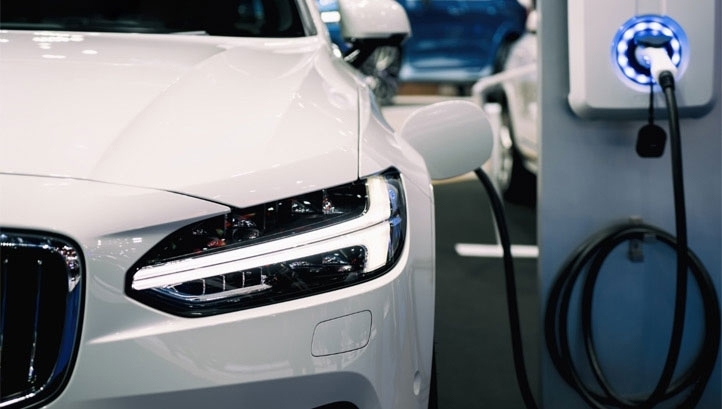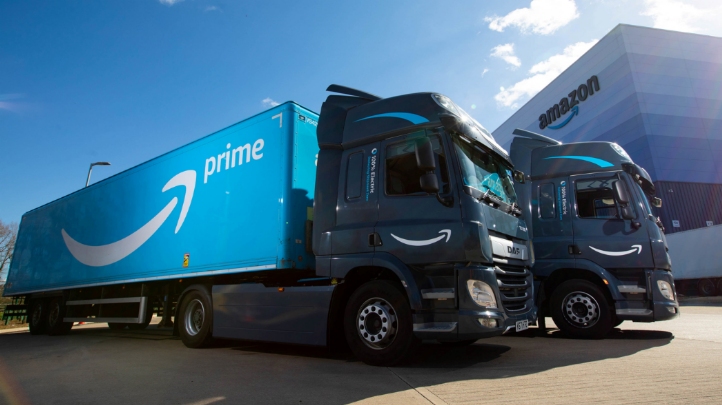WOBO thanks “edie newsroom” for its updates.

The UK Government has published a new Electric Vehicle Infrastructure Strategy, confirming £1.6bn of public funding for charging points. Additionally, BP is announcing a £1bn investment in rapid charging stations.
Teased by the Department for Transport (DfT) late on Thursday (24 March) and published on Friday (25 March), the Strategy builds on the commitment made by the UK Government in 2020 for at least £1.3bn of investment in electric vehicle (EV) charging before the next General Election.
In terms of funding, the Strategy details an additional £500m of investment from Whitehall’s coffers into “high-quality” public charging infrastructure across the UK. £450m of this will be used to create a Local Electric Vehicle Infrastructure Fund (LEVI), under which local authorities will be able to bid for funding to install charging hubs and on-street charging points. The remaining £50m will be used to upskill and employ staff to work on public charging point planning and implementation. Read more….
Electric Vehicle Infrastructure Strategy: UK Government to pledge £1.6bn for public chargers
Following the Government’s commitment for a tenfold increase in public electric vehicle (EV) charging points by 2030, edie rounds up the reactions from the UK’s green economy and automotive sector.
The Department for Transport (DfT) has today (25 March) published the much-awaited Electric Vehicle Infrastructure Strategy. Building on the commitment made under the 2020 Ten-Point Plan for the Green Industrial Revolution, for £1.3bn of Government funding for electric vehicle (EV) charging infrastructure, the Strategy outlines how £1.6bn of funding will be spent.
£950m will be made available through the Rapid Charging Fund, to install rapid charging points across England’s motorway network through to 2035.
A further £500m is being used to deliver a Local Electric Vehicle Infrastructure Fund (LEVI), under which local authorities will be able to bid for funding to install charging hubs and on-street charging points.
Also detailed in the Strategy are timelines for the introduction of new mandates for charging point operators, designed to increase reliability, improve accessibility and keep costs for customers down.
Additionally published by the DfT today is a new ‘automotive roadmap’. This document lists all of the Government’s policies on low-carbon road transport in one place and showcases examples of best practice from across the UK’s public and private sectors. Transport has been the UK’s most-emitting sector since 2016 and is, therefore, a key challenge on the road to net-zero. Read more…
Is the new Electric Vehicle Infrastructure Strategy ambitious enough?

Amazon has launched five pure-electric heavy goods vehicles (HGVs) in the UK, in a move that will mitigate 170 tonnes of greenhouse gas emissions each year.
The new 27-tonne vehicles will operate from Amazon’s fulfilment centres in Tilbury and Milton Keynes. They are the online retailer’s first fully electric HGVs in Europe.
Amazon has chosen DAF’s CF Electric model, which has a 350kWh battery pack and a maximum range of 155 miles. The model is also fitted with regenerative brakes; when the driver brakes, an electric motor works as a generator that produces energy for storage in the battery pack. This boosts range and makes the brakes more hard-wearing.
The new trucks will be replacing five diesel trucks, so Amazon is expecting a 170-tonne reduction in its annual greenhouse gas emissions footprint due to their implementation. Its Tilbury and Milton Keynes sites are already served by 100% renewable electricity, meaning this is what will be used to charge the HGVs. Amazon has installed 360kW fast charging points at the sites to serve the new vehicles.
Building on the introduction of the five DAF CF Electrics, Amazon is planning to add another nine fully-electric HGVs to its UK fleet by the end of 2022. Read more…
Amazon launches five fully-electric HGVs in the UK
